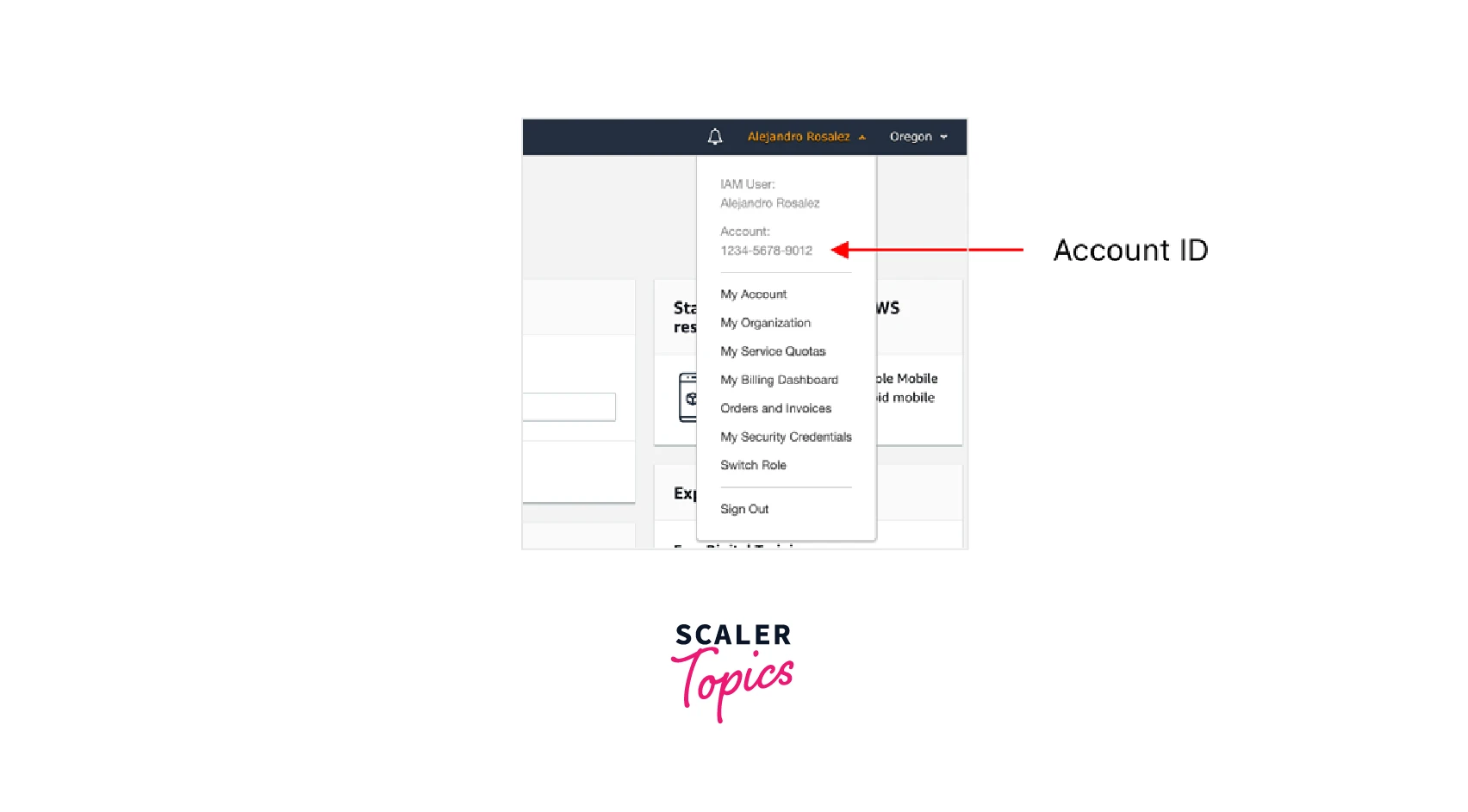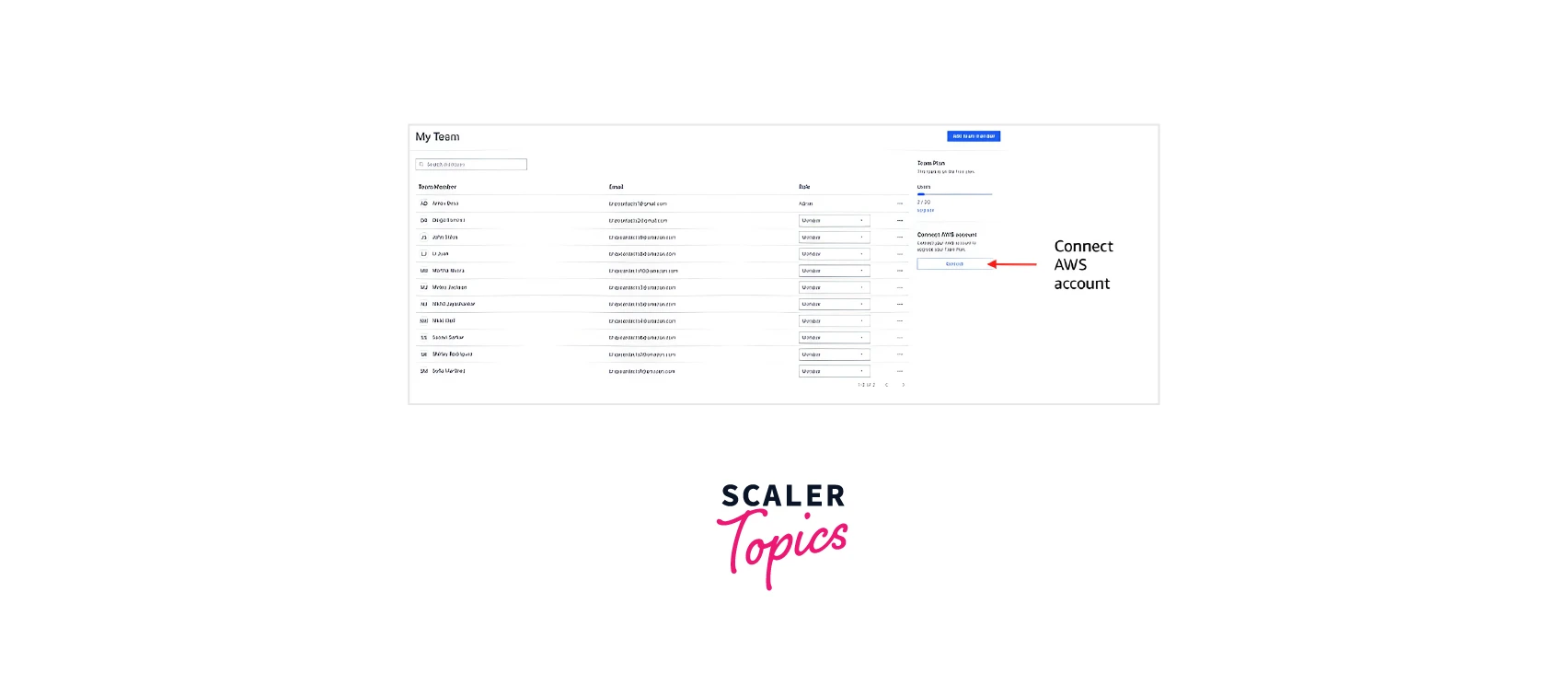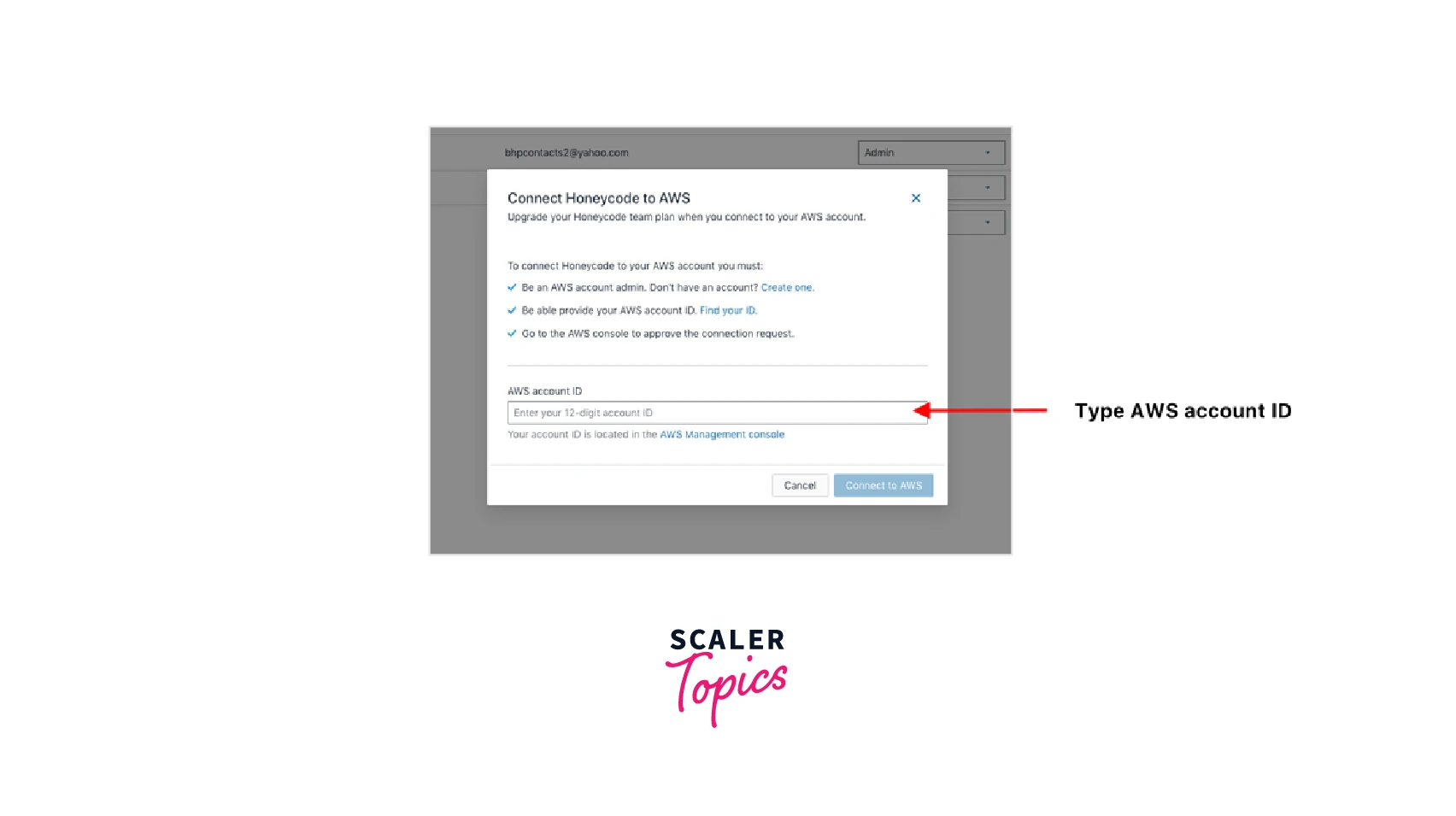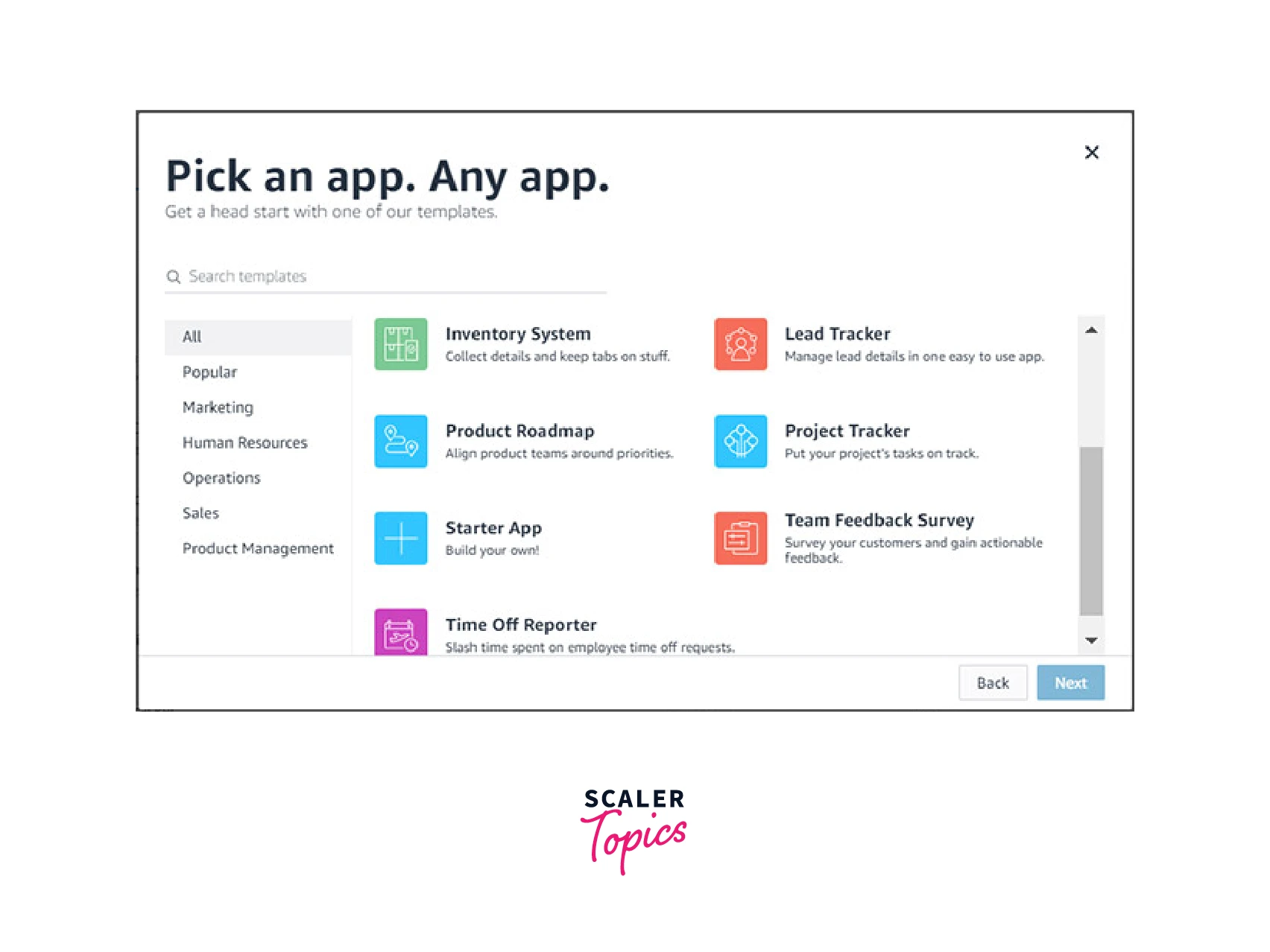AWS Honeycode
Overview
AWS Honeycode is a fully managed service that requires zero programming skills to create mobile and web applications. Simple apps can be quickly created using graphic templates readily available with Honeycode. There are multiple advantages to using Honeycode, which is a no-code development platform. Before we dive deeper, let us find out what you will learn from this article.
Introduction
AWS Honeycode is a fully managed service that helps you create web and mobile applications and allows teams to work as they choose. We can develop applications using the Honeycode platform to manage nearly anything, including teams, projects, customers, operations, and approvals.
Honeycode does not require any programming expertise to make or build apps.
It allows you to create apps with a visual builder, manage data in tables, and use automation to replace manual procedures.
This designed app can be used by teams of ten or hundreds of employees across an enterprise.
Project management, operations, customer pipelines, resource tracking, and approval procedures are some examples use cases of Honeycode.
What does it Offer?
- Create web and mobile applications on Android, iOS, and desktop browsers. Anyone can create apps because no programming knowledge is required.
- Honeycode apps can be personalized to display data pertinent to each team member, helping teams stay focused.
- You can automate manual tasks with Honeycode. Remind team members when it's their turn to act or update them on any developments.
- Apps from Honeycode keep teams informed. This is because each teammate has access to the most recent real-time data.
How Honeycode Works?
- To begin with, you first need to choose a template for your app. The fully functional templates from Honeycode give you a head start on creating your app.
- You can customize your app screens and decide what shows on each screen of the app. You can use your current workflows to direct your team's performance on the app and then quickly design the displays to enhance productivity.
- You can personalize the tasks and data for each team member, decide which information each person may access, and only disclose information they need to know.
- Workflow automation can be achieved, and essentially any workflow can be customized.
- Immediately notify team members and inform the group of any significant updates. Send emails and push notifications to mobile devices automatically anytime important data changes.
- When you are ready, share the app with your team. You will be able to collaborate by inviting them to join your team.
- You can access the app anywhere from a browser or Honeycode's Android & iOS apps and update the app whenever possible to make the changes appear quickly.
- You generally use spreadsheets to implement processes in Honeycode. To use the data from your existing apps in your new ones, upload those spreadsheets to Honeycode.
How to Connect Honeycode to AWS?
The place where you link Amazon Honeycode to AWS is the AWS Management Console. You can link a Honeycode team to an AWS account via the console.
- The first thing you need to do before connecting Honeycode to your AWS Account is that you need to copy down your AWS Account ID.
- Click your name in the top right corner of the AWS dashboard.
- Locate your 12-digit account ID under Account and copy your account ID.

- After copying the Account ID, navigate to the Honeycode service. Select the Teams tab and click Connect in the right-hand side panel to begin.

- Provide your AWS Account ID in the dialog window.

- You will be prompted with a connection request in the AWS Console. Please check the request to link Honeycode to your AWS account under the Teams page.
Note: Honeycode is only accessible in the "US-WEST-2" (Oregon) region, so make sure you're in that region.
AWS Honeycode for Teams, Workbooks, Tables, Builders and Automations
Workbooks
Workbooks in Honeycode serve as storage spaces for apps, data, and automation. Your table data, apps, and automation are stored in workbooks. A workbook and a project folder are comparable. Team members gain access to table data and apps when a worksheet is shared.
Teams
Teams are made up of admins and members. Honeycode teams primarily carry out the creation and use of apps. Your workbooks and apps can be shared by setting up teams and inviting team members. Once the application is created, teams of ten or hundreds of employees can use it throughout an organization.
Tables
Honeycode tables have a spreadsheet-like design and function like databases. They have rows and columns, which can store data and create relationships between them. Tables can display data in common formats like numbers, money, accounting, and date and time. However, you'll also see distinctive Honeycode formats, like contacts and rowlinks. Formulas can also be found in table cells, and Honeycode aims to make formula creation as easy as possible.
Builders
The Honeycode Builder primarily functions as a drag-and-drop builder with property panels that help you alter the structure and appearance of your application. Builder can be used for the following things:
- Create and design mobile and web app screens.
- Enhance your app with data, logic, and customization.
- Customize who sees what and when.
- Project and workflow automation
Data, displays, and actions have properties, and each type has a unique property panel layout.
Automations
Workflows and business processes become efficient and optimized with automation. Selecting the actions you wish to automate and setting the conditions that cause them are all required.
Triggers, conditions, and actions are the three fundamental components of automation:
- A trigger sets the time that automation should begin.
- A condition specifies whether and where the automation should run (optional).
- Actions determine Honeycode's behavior and functionality.
AWS Honeycode Templates
If your desired app is comparable to an existing template, using Honeycode templates will allow you to construct apps more quickly.

You can create personalized apps using Amazon Honeycode's app templates to meet the business requirements of your team. Please create your apps using app templates as a guide, or modify them to fit your needs.
Every template app includes sample data, the essential tables, screens, algorithms, and data organization to get your app off the ground. The tables are initially filled with information, which you should modify to fit your unique use case.
AWS Honeycode APIs, Webhooks, Zapier, and Amazon App Flow
When it comes to transferring data between Honeycode workbooks and other programs/applications and services, you can choose from the following strategies:
- Utilize an integration solution that enables a connection between Honeycode and the service you desire.
- Utilize Honeycode APIs, which are used to gain access to your Honeycode workbooks.
Zapier and Amazon AppFlow are two integrations that Honeycode supports. In many cases, the service that is best for you will depend on your use case. The first step is identifying the service you want to connect to and see if Amazon AppFlow or Zapier supports it.
If Zapier or AppFlow supports your intended connection target, the Honeycode manual advises using those services rather than writing any code. Nevertheless, there are restrictions. Although it can transmit numerous rows of data at once, AppFlow has a limited number of integrations and only supports Honeycode as a data destination. Zapier, on the other hand, can only move one row of data at a time, but it supports more than 3,000 connections and Honeycode as a data source (using Honeycode webhooks), and a data destination.
You can still establish connections to and from Honeycode using Honeycode APIs if you want to connect to a service that isn't readily available through one of the integration services. Perhaps the service you're attempting to connect to is a built-in utility or software application that performs a certain job. Or perhaps you need to import a sizable dataset into a Honeycode workbook. In these situations, you can construct the desired form of communication using the Honeycode API.
The Honeycode APIs are specified in terms of a REST interface. They support the command line, 12 actions, 24 data types, and 9 SDK languages. You can edit data, bring data into and out of your workbooks, and find out information about your workbooks using the APIs.
Refer to Amazon Honeycode Actions for the most recent Honeycode API documentation.
Honeycode Webhooks: In Honeycode, you can create a webhook to transfer data from Honeycode to another online service whenever automation takes place (for example, anything in an app or table changes). You must provide a destination URL, a payload value expression, and a payload key to use webhooks. The User Interface (UI) can assist you in defining the payload value expression.
Getting Started with Honeycode
- Visit the Honeycode Builder and create a Honeycode account.
- After logging in, you may access My Drive, which contains your workbooks and applications. There are also several searches, filters, and display options available.
- You can open and browse your existing items or click Create workbook to start from scratch. You can choose the Simple To-do template after doing that.
- Once the new workbook has been created, the Tasks table is displayed, and you can view the sample data. You may examine the data in the table column-wise.
- To explore your workbook, utilize the icons on the left, which display Tables, Apps, and Automations.
The same steps with pictures of the Honeycode console and additional information can be found at https://aws.amazon.com/blogs/aws/introducing-amazon-honeycode-build-web-mobile-apps-without-writing-code/
Pricing
A team is automatically assigned to the Basic plan when you sign up. Teams on the Basic plan can include up to 20 individuals for no additional cost, i.e., for teams with up to 20 individuals and 2,500 rows per worksheet, Amazon Honeycode is free to use. You can upgrade to a Plus or Pro subscription if you need to accommodate more than 20 individuals.
Additional data storage, access to Honeycode APIs, AWS developer tools, and Single Sign-On (SSO) features are all included in the Honeycode Plus and Pro plans.
Plus Plan: $19.99 per month for 10,000 rows per workbook, 20 team members, SSO, plus $9.99 per month for each additional member
Pro Plan: $29.99 per month for 100,000 rows per workbook, 20 team members, SSO, plus $19.99 per month for each additional member.
For more details, refer to AWS Honeycode Pricing.
Conclusion
To sum up, AWS Honeycode is a no-code app platform that can construct both web and mobile applications. The creation of apps can be completed quickly using its ready-made templates. Additionally, you can build apps from scratch or use pre-existing CSV data. Teams, Workbooks, Tables, Builders, and Automations are a few features of Honeycode that can be used.
Beyond what Honeycode is capable of producing on its own, you can link with other apps by writing code to access their APIs, by designing actions that call webhooks, or by using no-code integration tools like Zapier or Amazon AppFlow.
